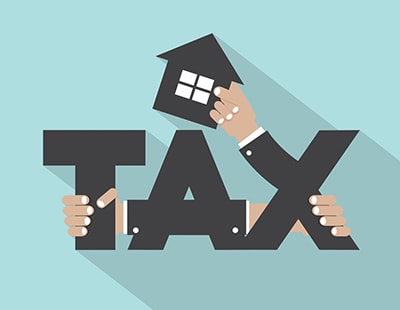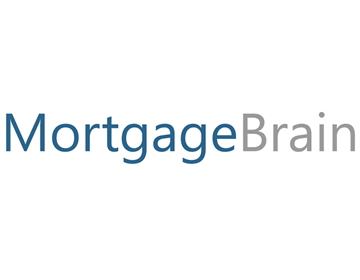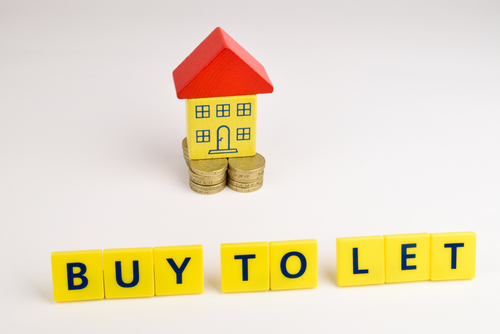The Intermediary Mortgage Lenders Association wants the government to give additional support to landlords
It says the cumulative effects of regulatory and tax changes affecting landlords’ business models, together with the recent current sharp rises in buy to let mortgage rates, risk putting increasing numbers of private landlords out of business.
And it warns that on a typical buy to let purchase today, a higher rate taxpaying landlord faces a marginal tax rate of 240 per cent.
IMLA says that private landlords have for years been faced with a growing burden of regulatory and tax changes, which have increased their operating costs. Until recently, these additional costs have been offset by falling mortgage rates – but the current sharp rises in buy-to-let mortgage rates risk making large numbers of private landlords’ business models uneconomic.
While there is still no evidence of a mass exodus from the PRS, the loss of any rented properties will affect supply and almost certainly cause rents to rise in the long-term – to the detriment of tenants,
The association says its latest report shows the drip effect of increased regulation and adverse tax changes have gradually discouraged investment in the PRS.
The report highlights the changes that have, or might result in, increased operating costs, including the restriction of mortgage interest tax deduction for landlords to the basic rate of income in 2015; the reduction of Capital Gains Tax for other assets but not for residential property in 2016; an ongoing lack of clarity around proposals to require enhanced energy efficiency standards; the recently-published Renters Reform Bill; and growing political calls for a temporary rent freeze and eviction ban.
The IMLA report found that the cost of servicing a buy to let mortgage has increased significantly.
It cites a report from Octane Capital which claims that landlords needing new deals have, on average, seen the cost of their monthly interest payments jump by 75.7 per cent over the last year. While the majority of landlords remain on low fixed-rate loans for now, their interest rate payments will rise over the coming months as they reach the end of their current fixed deals.
Between 2013 and mid-2022, estimated net yields for landlords exceeded buy to let mortgage rates, meaning that landlords could achieve positive gearing, increasing their return on the equity they put into the property by increasing their debt. This provided a favourable economic environment for further investment. Today, however, two-year fixed-rate mortgage rates are above average net yields, producing negative gearing.
IMLA insists that the relatively sudden increase in funding costs is causing a significant proportion of buy to let landlords to fail affordability assessments when seeking to refinance loans.
Chief executive Kate Davies says: “The PRS serves some some 4.6m households – the equivalent of 11m people – and represents approximately 19 per cent of the housing market. Maintaining the health of the sector is therefore essential if we are to manage the UK’s chronic housing shortage. Our report highlights the tough environment that landlords currently find themselves in and, more concerningly, the outlook for the PRS and tenants if policymakers’ approach to the sector doesn’t change.
“Demand for rented housing is clearly high, and measures to increase tenant protections are important. However, the focus now needs to be on prompting increased investment in the sector and supporting landlords, whose operating costs risk becoming unaffordable. If we don’t get the balance right, the result will be higher rents, and lower availability of properties – both of which are bad news for tenants and landlords.”





















Join the conversation
Be the first to comment (please use the comment box below)
Please login to comment